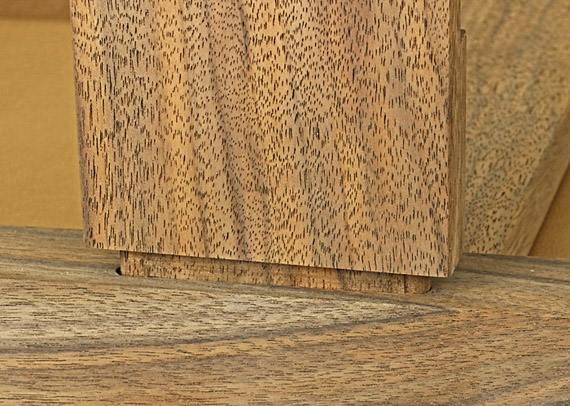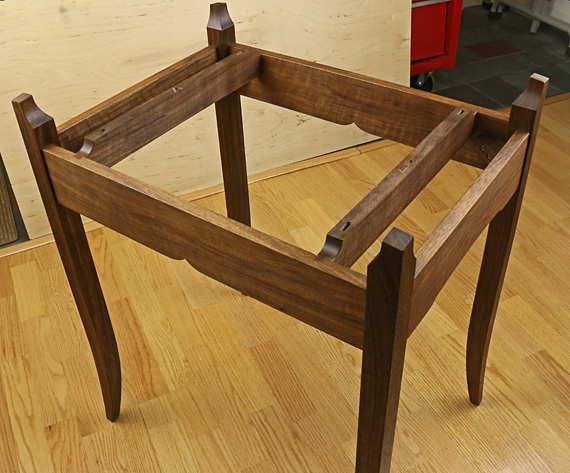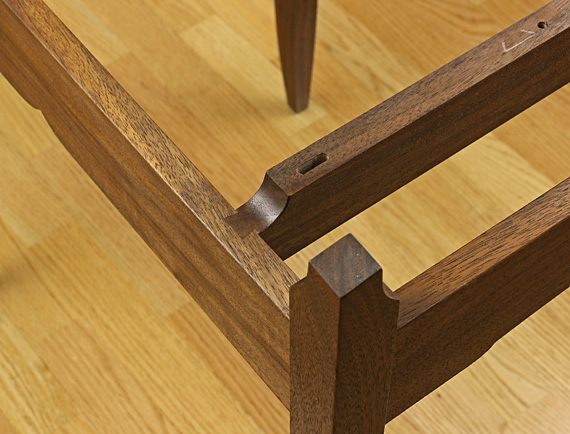
In building furniture, woodworkers wonder if the joints will be strong enough to withstand the many years of rigors to which they will be subjected.
As we parse the elements of joint design, figuring if a tenon is long enough, dovetails deep enough, and so forth, we rely upon hundreds of years of cumulative experience in furniture design and observation of how pieces have fared over the years. We also can benefit from some of the joint testing done by the magazines, data from the Forest Products Laboratory, and of course, a healthy dose of intuition.
However, there is a shortcoming in viewing joint design too narrowly.
Assuming competent joinery skills, answers to structural strength questions are more likely to come from broadening one’s view beyond the joint under consideration and looking at the whole structure of the piece. This will make the requirements for a particular joint more evident.
Here we must ask:
- What is going on in the overall design of the piece that will transfer stress to that joint, and on the other hand, help it to resist stress?
- How will normal use, and perhaps abuse, stress the joint?

For example, this table has fairly narrow legs that allow only shallow mortise and tenon joints. Force applied to the lower part of a leg produces considerable moment at the joints. Racking in the horizontal plane could also be a problem.
However, looking beyond the leg joints shows they have plenty of help. The two cross stretchers are joined to the aprons with sliding dovetails, and there is a corner block behind each pair of leg joints.

As another example, in a bookcase, the joints attaching the horizontal to the vertical members are subject to huge racking forces. Yet, a thin plywood back fastened to the back changes everything.
The point is that when designing furniture and wondering if a particular joint will be strong enough, let the big picture inform your engineering decisions.

